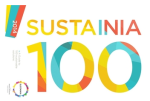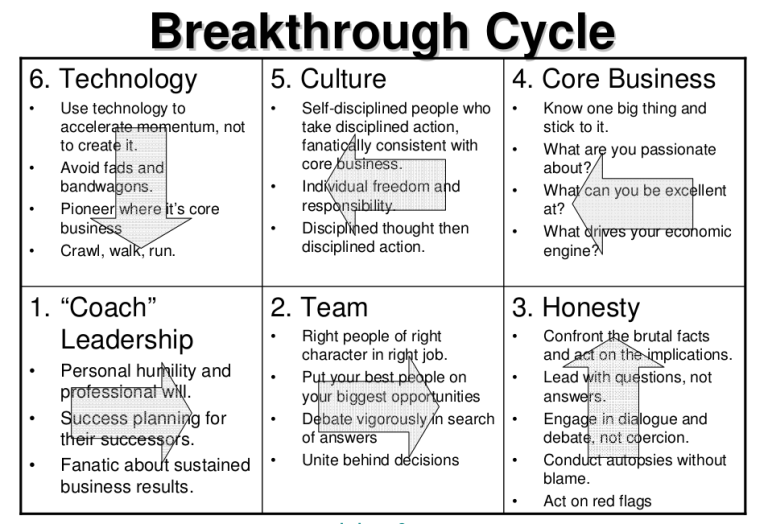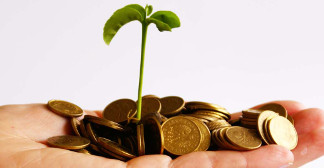My ideal (regenerative) iPhone
My ideal iPhone wouldn’t be mine…
My ideal iPhone would be a product of service. It’s body would belong to Apple and I’d lease its services – as an entertainment and communication platform.
My data (music, notes, apps, movies, etc.) would be on a removable memory card in the same way the SIM card is removable.
It would be upgrade-able at local Apple stores…
Instead of buying a whole new device, if there was a better camera, screen, or internal processor I’d join a virtual “queue” for an upgrade ( with a premium for a top spot, of course).
I’d take my iPhone into an Apple Store and they’d upgrade while I waited. It would be specially marked so everyone could see that I had “the latest”. This sort of service thinking would be easy for the inventors of iTunes and AppStore.
Apple would get an increase in revenue from the upgrade, but they wouldn’t have to get a whole new device manufactured , packaged, stored or shipped to generate that revenue. I’d get better device functionality and more fun – and without adding to the collection of e-waste in my hall cupboard. (And if Apple aren’t generating any e-waste for external parties to dispose of, they could well increase the protection of their intellectual property.)
It would be designed for re-manufacture…
My ideal iPhone would be designed to be as easy to pull apart as possible (with the right, exclusive tools – of course). Where components couldn’t be disassembled, they would all be made of the same material so they could be crushed and recycled without contamination reducing the material quality.
Apple’s manufacturers wouldn’t be buying virgin materials at premium prices – they’d be re-using components and materials again and again and again.
It would be designed for total safety…
My ideal iPhone would be safe to manufacture as well as safe to use. Everything material and process would be absolutely safe for its makers, its community and our finite ecosystem.
No costs for handling safety materials, no outsourcing supply across continents to less-regulated environments, no reputation risks.
Tell her she’s dreaming!!!
Maybe I am – I’m not an Apple insider. Or maybe they’re a whole lot further down the regenerative road than we know, and just not telling us. Or maybe I’ve missed a shift in the wealth of incoming information I receive.
But if we can’t describe what we want, how can we expect it to be delivered?
I wrote The Deep Green Profit Handbook because I loved the ideas of Cradle to Cradle, Natural Capitalism and Biomimicry – and I knew my executive coaching clients didn’t have time for hundreds of pages of technical detail. I wanted to summarise the straightforward principles of regenerative business in straightforward business language – and I did it in just 100 large-type easy-read pages.
What do you want?
What fundamental shifts can you imagine that would deliver a regenerative economy designed to nurture and restore the finite eco-system we inhabit? Can you describe them in the language of your target audience? Can you make them relevant to the interests and concerns of the most powerful people you know?
Recent research is showing that the key skills for sustainability practitioners are the “soft stuff” – mastery in communication, collaboration and influencing. Because if you can’t communicate well, there are very real limits to the usefulness of what you know.
These days we know that these aren’t magical talents based on charisma – they’re learnable skills with strong foundations in linguistics, philosophy and neurobiology. So make sure you’re developing your ability to communicate, collaborate and influence.





